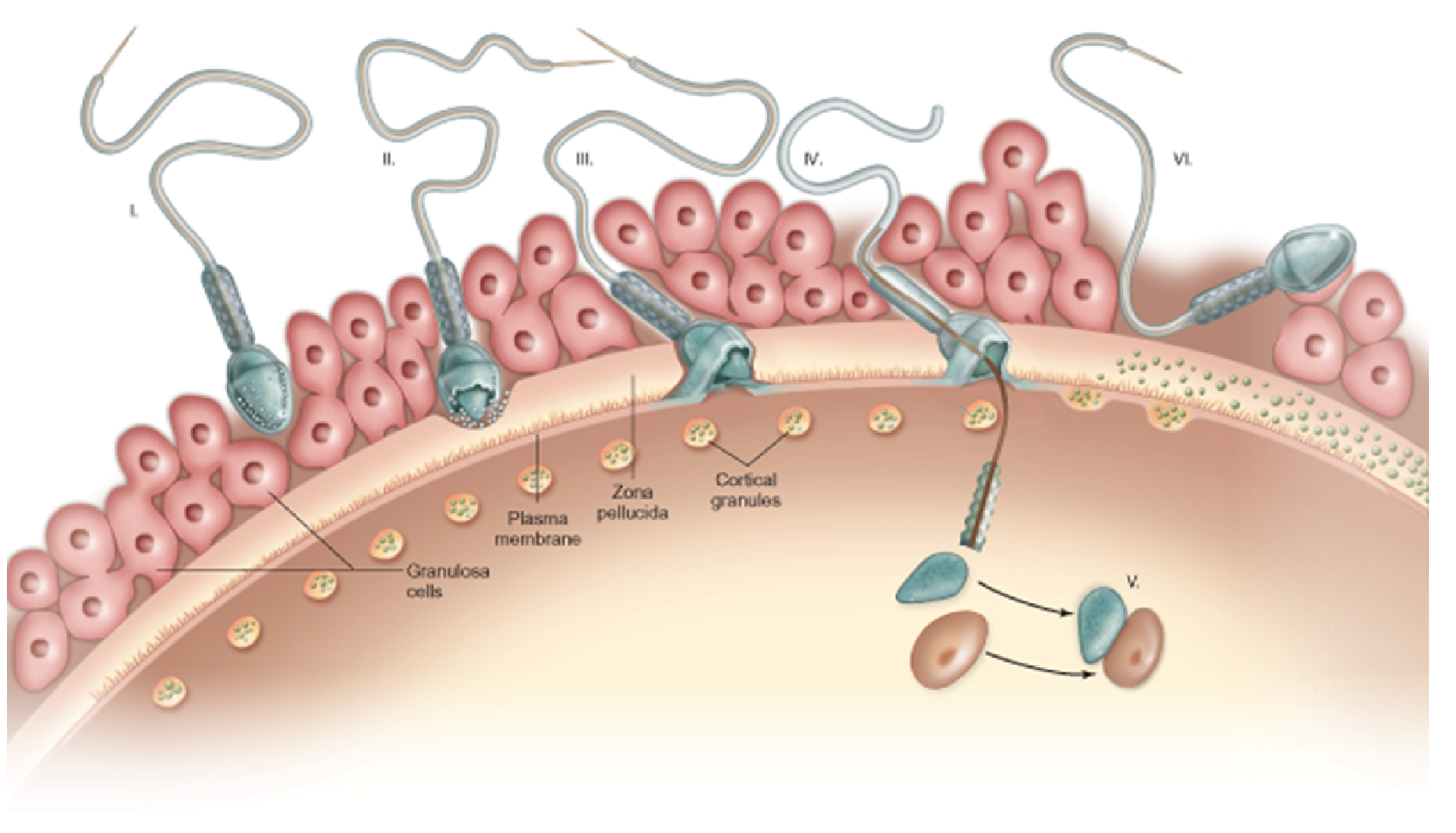These are a special group of toxins that activate T cells. This nonspecific means of activating T cells can trigger life-threatening autoimmune-like responses by stimulating the release of large amounts of interleukins, such as IL-1 and IL-2
A. endotoxins
B. exotoxins
C. superantigens
D. supertoxins
E. holotoxins (A-B toxins)
Ans: C. superantigens
You might also like to view...
Which of the following is a cause of drug-specific resistance in disease-causing organisms?
A) inappropriate hygiene B) nosocomial infection C) poor immunity D) indiscriminate nonmedical use of antimicrobials
An unfortunate deer becomes stuck in quicksand at the edge of a lake and dies. A few months later, it is buried by sediment in a massive landslide, but by this time, bacteria have fully decomposed its soft tissues. Several million years later, archeologists are digging at the spot where the deer dies and was buried. Would the archeologists be able to find a fossil of the deer? Why or why not?
A. No, because it needed to be fully intact when buried to form a fossil. B. Yes, because its skeleton could have been replaced by minerals to form a fossil. C. No, because bacteria continued to decompose its skeleton after it was buried. D. Yes, because it would have fossilized before it was buried.
In this diagram, which of the following numbers represents the actual event of egg activation?

A. I
B. II
C. III
D. IV
E. V
Which level of protein structure ultimately determines all the other levels of structure?
A. primary B. secondary C. tertiary D. quaternary